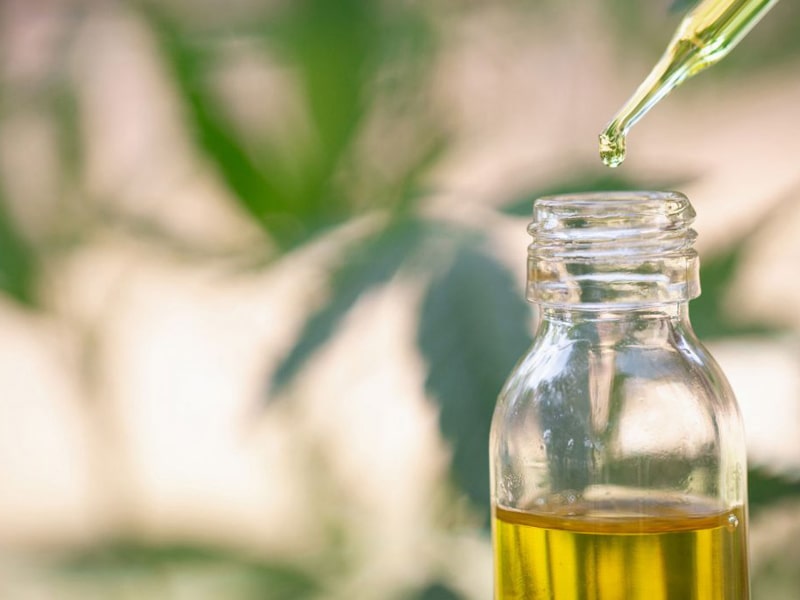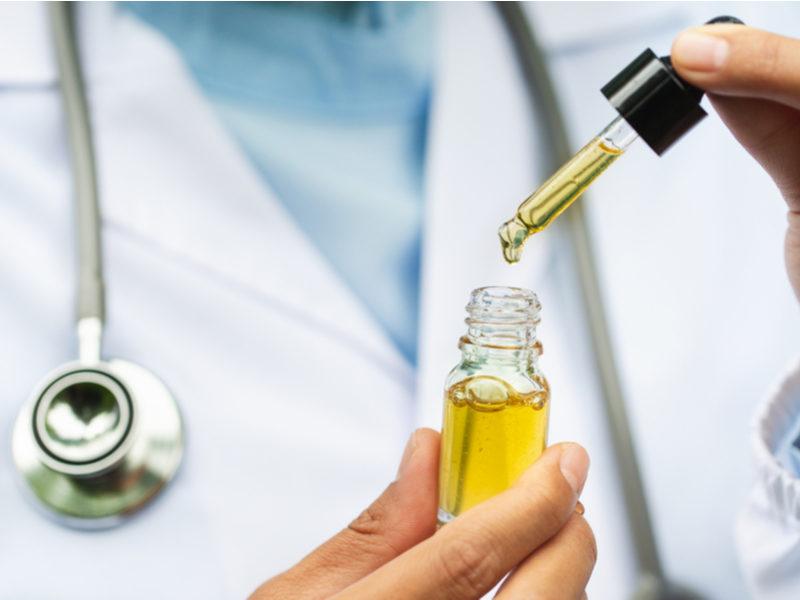
There are several things to consider when choosing a CBD product, such as: the source, the quality, the purity, and the brand. But one of the most important considerations is whether the product is a full spectrum CBD oil or a CBD isolate. Here, we’ll explain everything you need to know about full spectrum CBD oil, including what it is, what it contains, and what the benefits of choosing our full spectrum CBD products are.
Both full-spectrum CBD oil and CBD isolate contain cannabidiol (CBD), a non-psychoactive cannabinoid derived from the cannabis plant. The difference is that full-spectrum CBD oil also contains several components that are derived from the cannabis plant, including other cannabinoids and terpenes.
These components work together in a way that amplifies the effects of each of the other components, creating what is called the “entourage effect” or synesthetic effect. The entourage effect is described as a cooperative activity of the cannabinoids and terpenes of the cannabis plant that produces an effect that is qualitatively different from those occurring in each of these components.
The simplest example of the entourage effect is the synergy between THC and CBD. People who consume THC and CBD at the same time experience fewer side effects from THC than people who consume THC alone. Full spectrum cannabis products like Sativex are popular in the medical field for a reason. A 2011 survey reported that 98% of patients preferred full-spectrum cannabis over THC-only medication.
Of course, the cannabinoids and terpenes in full-spectrum CBD products also have effects on their own, independent of their synesthetic effects. This means that full-spectrum products will enable a whole new universe of potential benefits from cannabinoids, terpenes and their combined effect with CBD.
WHAT ARE CANNABINOIDS?
Cannabinoids are the active components found in the cannabis plant. They bind cannabinoid receptors to the nervous system. The THC component is a cannabinoid known to cause the psychotropic effects of hemp.
While THC and CBD are the best known cannabinoids, there are at least 113 other cannabinoids in the plant. These include CBN (cannabinol), CBC (cannabichromene), CBG (cannabigerol), and others. These components occur in lower concentrations than THC and CBD.

These minor cannabinoids have their own effects on the body, but it is also thought that when working together, they produce synesthetic effects. In other words, scientists believe that components like CBD may be more effective when combined with other components that also come from the cannabis plant, rather than in a stand-alone.
Cannabinol (CBN)
CBN is formed when THCA (an inactive form of THC) breaks down over time. It is found in higher concentrations in old batches of hemp. CBN is shown to have antibacterial, anti-inflammatory, and pain-relieving effects. It is known to be one of the cannabinoids with the greatest sedative abilities.
Cannabichromene (CBC)
Like CBD, CBC is a non-psychoactive cannabinoid. It has antibacterial, anti-inflammatory, and pain-relieving effects. It can be used to treat acne.
Cannabigerol (CBG)
CBG is the precursor molecule for so many other cannabinoids, including THC and CBD. Like CBD, CBG has been shown to increase levels of endocannabinoid anandamines in the body. It has antibacterial properties, and may function as a neuroprotective agent.
If you are searching for the best 10% cbd, check out their page for further information.









